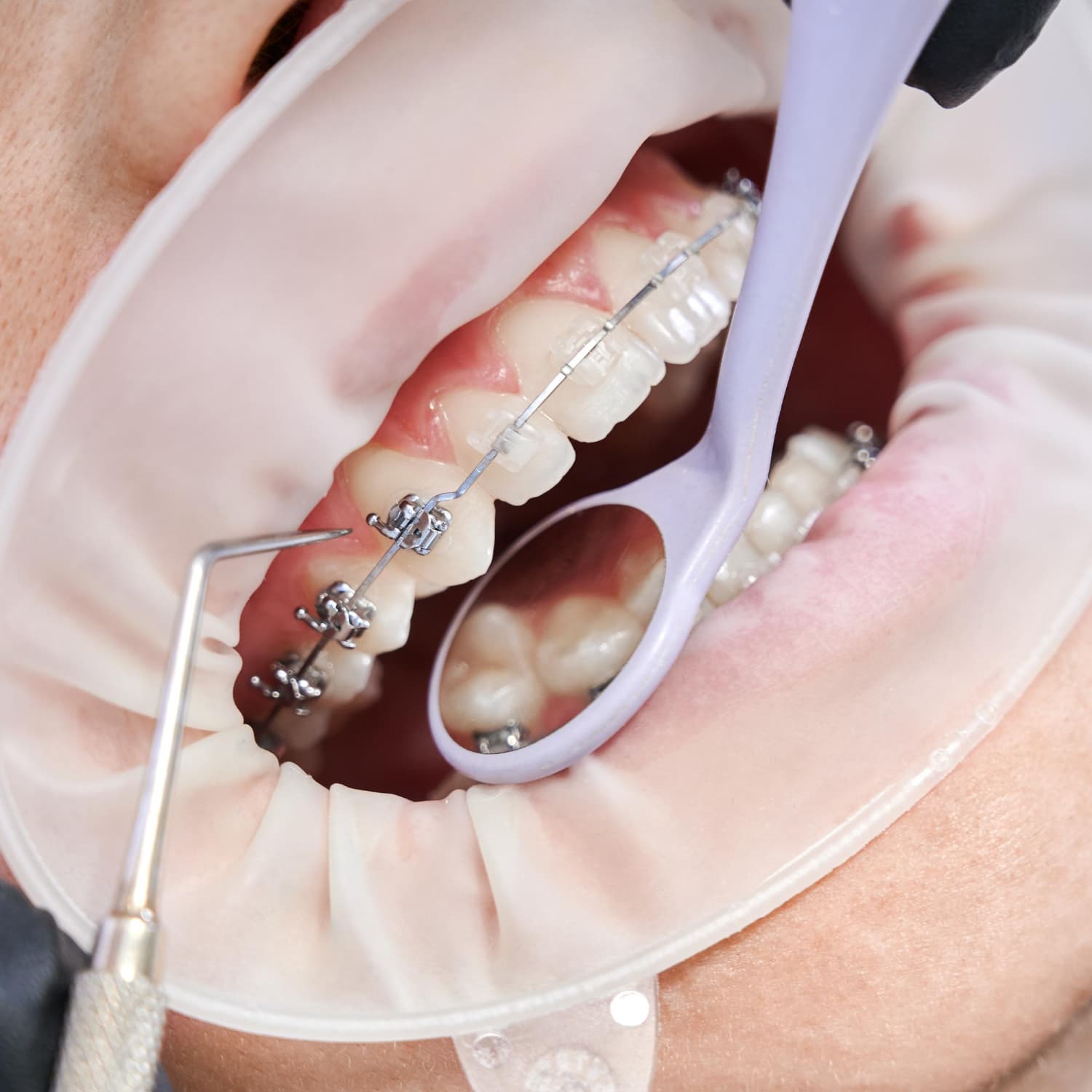Have you ever considered how braces really move teeth into position and why they take time to produce results? Most people assume braces are mere metal brackets and wires, but there’s an incredible combination of biology and physics going on behind the scenes to give you a healthier, straighter smile. Let’s get into the science in simple terms.
What Happens to Teeth During Orthodontic Treatment?
When braces are placed, constant and gentle pressure is put on your teeth. The pressure causes your periodontal ligament (a soft tissue that holds each tooth in place within its socket) and the bone around the teeth to be stimulated. Over time, the bone resorbs on one side and reappears on the opposite side, shifting your teeth naturally without injuring them. It is called “bone remodeling,” and it’s the foundation of orthodontic therapy. A visit to an Orthodontist in Santa Clarita ensures that this process is achieved with safety and effectiveness.
How Do Braces Move Teeth Into Place?
The components of braces consist of brackets along with archwires and sometimes elastics. The archwire receives its ideal dental shape through bending. The placement of arch wires on brackets enables them to move teeth toward their position. The applied pressure on your teeth causes them to shift until they adopt the wire’s shape. You should investigate multiple options for braces in Santa Clarita that suit your daily life activities and treatment goals.
What is the Science Behind Metal Braces and Tooth Alignment
Metal braces represent the conventional orthodontic option, which delivers strong results. The fundamental mechanism of metal braces functions through tension and compression forces. The wire’s tightening applies force to one dental side, producing compression, while it stretches the opposite side through tension. The body responds to this dual mechanism by initiating its natural bone remodeling process. An orthodontist located nearby will assist you in deciding whether metal braces or ceramic and self-ligating braces best suit your needs.
How Long Does It Take for Braces to Start Working?
The most typical inquiry patients present concerns about the duration until braces start producing results. Your braces will create small alterations within weeks, but major tooth realignment requires months to develop. The typical duration for orthodontic treatment stands between 18 and 24 months, but it varies according to patient age and dental condition, along with case complexity. An orthodontist near you checks your braces every 4–8 weeks, and a dentist near you can send you for a special plan if needed.
How Braces Use Pressure to Straighten Teeth?
Braces gently move your teeth slowly, keeping them and your gums healthy.
Here’s how braces work:
- Brackets are put on each tooth.
- A wire is attached with small bands.
- The wire gently pushes the teeth.
- The tissues around teeth adjust.
- Bones change, and teeth move to better spots.
Braces make your smile look nice and keep your teeth healthy.
What Are the Braces Care Tips for First-Time Patients?
Caring for your braces is important. Here are simple tips for beginners:
- Brush gently around your braces after each meal.
- To properly floss your teeth, use a floss threader or water flosser daily.
- Avoid eating sticky foods and hard foods, and sugary foods because they can damage your braces.
- Your orthodontist will provide directions for wearing the elastic, which you need to follow exactly.
- Go to regular checkups to see how your teeth are moving.
Your treatment will work better, and your smile will stay healthy and bright if you follow these easy tips.
Start Your Journey to a Confident Smile – Visit Today!
Braces are more than wires and brackets; they use science to make your teeth healthy and boost your confidence. At Smile Republic Orthodontics, we give care made just for you to find the best treatment. Book a visit today and start your journey to a healthier, straighter smile.
FAQs
Do braces straighten crooked teeth as well as bite problems?
Yes! Braces can fix overbites, underbites, and crossbites, helping your teeth and jaws work better.
Are braces painful during the entire process?
Not exactly. You may experience some discomfort a few days following adjustments, but this will typically disappear as your mouth adapts to the adjustments. The pain will be only temporary, and orthodontists have ample advice on how to feel better.
Do all patients need the same type of braces?
Absolutely not! Some individuals can opt for metal braces, but others may want to use ceramic braces or clear aligners. The most appropriate one actually depends on your own dental requirements.
Can braces move teeth too rapidly and injure them?
Braces are made to move teeth slowly and carefully. If they move at a rapid pace, it can cause damage to the roots and bone, which is why orthodontists keep an eye on the treatment process carefully.

